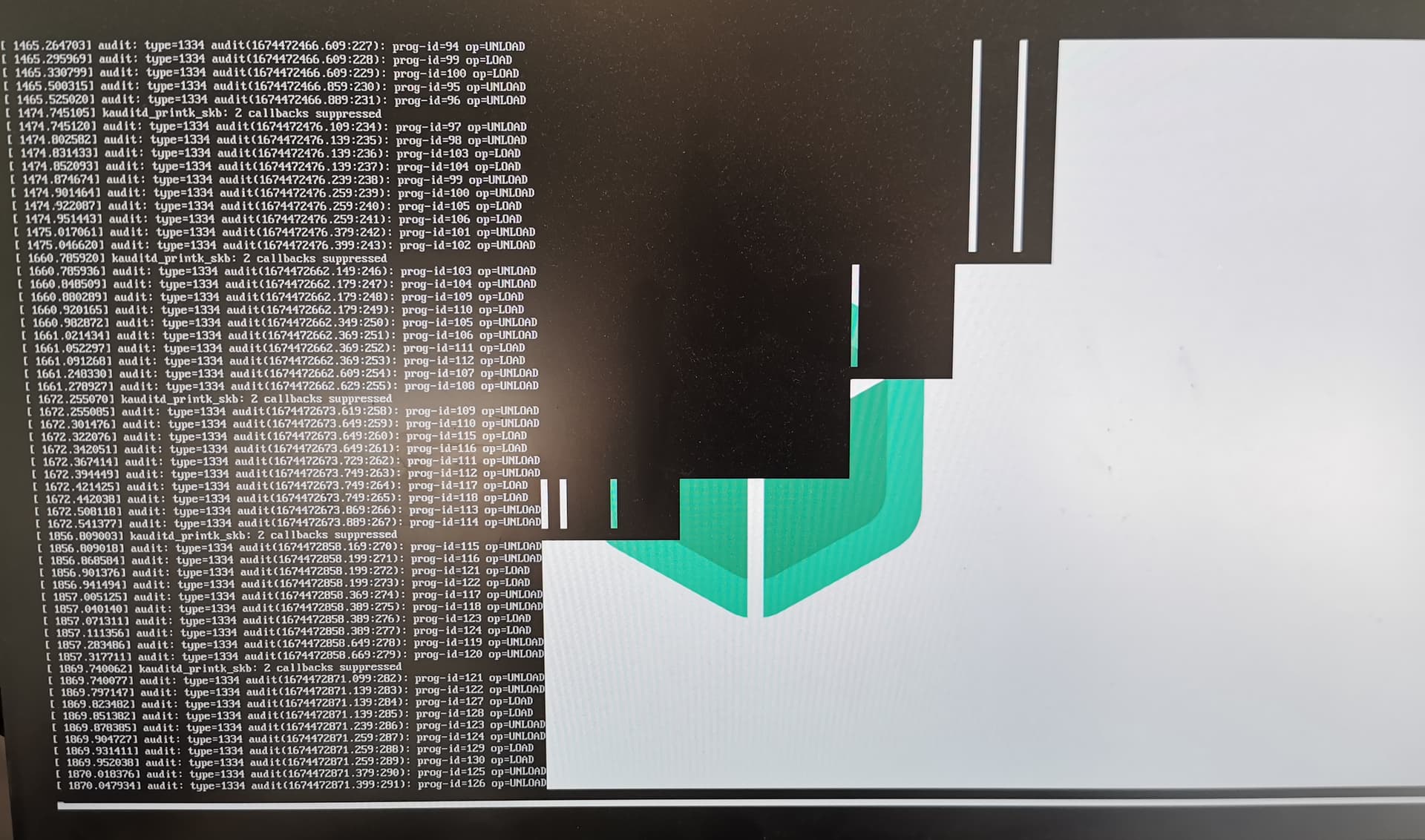How To Masterfully Manage Raspberry Pi Fleet Like A Pro
So, you've got a fleet of Raspberry Pi devices, and you're wondering how to manage them efficiently? Well, you're in the right place, buddy. Managing a Raspberry Pi fleet can feel like herding cats—especially if you're juggling multiple devices. But don’t sweat it; with the right strategies and tools, you can transform chaos into control. This guide is all about helping you master the art of managing your Raspberry Pi fleet without losing your cool.
Let’s face it—Raspberry Pi has become the go-to solution for everything from home automation to IoT projects. Whether you're running a couple of Pis for personal use or deploying an entire fleet for enterprise-level applications, the need for proper management is real. That’s where this article comes in. We’ll break down everything you need to know to keep your Raspberry Pi fleet running smoothly.
Now, before we dive deep into the nitty-gritty, let me just say this: managing a Raspberry Pi fleet doesn’t have to be overwhelming. With the right mindset, tools, and techniques, you’ll be able to handle even the largest deployments like a champ. So, buckle up because we’re about to take you on a journey that’ll turn you into a Raspberry Pi fleet management guru.
- Short Dark Bob With Highlights The Ultimate Guide To Elevate Your Look
- Hairstyles With Glasses And Bangs The Ultimate Guide For A Flawless Look
Why Managing a Raspberry Pi Fleet Matters
First things first—why does managing a Raspberry Pi fleet matter? Well, imagine this: you’ve got 10 Raspberry Pi devices scattered across your home or office, each running a different application. One is handling your smart lighting system, another is managing your security cameras, and yet another is controlling your home theater setup. Now, how do you ensure all these devices are up to date, secure, and performing optimally without losing your mind?
That’s where fleet management comes in. By properly managing your Raspberry Pi fleet, you can:
- Streamline updates and configurations.
- Ensure consistent performance across all devices.
- Minimize downtime and reduce troubleshooting headaches.
- Enhance security to protect your devices and data.
In today’s tech-driven world, having a solid fleet management strategy isn’t just a luxury—it’s a necessity. Whether you’re a hobbyist or a professional, knowing how to manage your Raspberry Pi fleet effectively will save you time, effort, and frustration.
- Side Part Medium Length Hair The Ultimate Guide To Nailing Your Look
- Layered Hairstyles Wash And Go Hairstyles For Over 50 The Ultimate Guide
Understanding Your Raspberry Pi Fleet
Before we get into the how-to, let’s take a moment to understand what exactly a Raspberry Pi fleet is. Simply put, a Raspberry Pi fleet refers to a collection of Raspberry Pi devices that are deployed for a specific purpose. These devices can range from a few units to hundreds, depending on the scale of your project.
Now, here’s the thing: not all Raspberry Pi fleets are created equal. Some are used for simple tasks like home automation, while others are deployed for complex industrial applications. Understanding the purpose and scope of your fleet is crucial in determining the best management approach.
For instance, if you’re managing a fleet for a small home setup, you might not need the same level of sophistication as someone managing an enterprise-level deployment. The key is to tailor your management strategy to fit your specific needs.
Key Characteristics of a Raspberry Pi Fleet
Here are some common characteristics of a Raspberry Pi fleet:
- Diversity: Devices in a fleet can vary in terms of hardware specifications, software configurations, and applications.
- Scalability: A fleet can grow or shrink depending on the needs of the project.
- Interconnectivity: Devices in a fleet often communicate with each other and with external systems.
- Security: Ensuring the security of all devices in the fleet is a top priority.
By understanding these characteristics, you’ll be better equipped to manage your fleet effectively.
Tools You Need to Manage a Raspberry Pi Fleet
Alright, let’s talk tools. Managing a Raspberry Pi fleet without the right tools is like trying to build a house without a hammer—it’s possible, but it’s gonna take forever. Fortunately, there are plenty of awesome tools out there that can make your life a whole lot easier.
1. Fleet Commander
Fleet Commander is a popular tool for managing multiple Raspberry Pi devices. It allows you to configure and deploy settings across your entire fleet with just a few clicks. Plus, it integrates seamlessly with other tools, making it a great choice for both beginners and pros.
2. Ansible
If you’re into automation, Ansible is your best friend. This powerful tool lets you automate tasks like software updates, configuration management, and deployment across your Raspberry Pi fleet. Best of all, it’s agentless, meaning you don’t need to install anything on your devices.
3. BalenaCloud
BalenaCloud is a cloud-based platform that simplifies the management of IoT devices, including Raspberry Pi. With features like remote access, automatic updates, and monitoring, it’s a game-changer for anyone managing a large fleet.
There are plenty of other tools out there, but these three are a great starting point. The key is to choose tools that align with your specific needs and skill level.
Best Practices for Managing a Raspberry Pi Fleet
Now that we’ve covered the basics, let’s talk about best practices. These are the tried-and-true strategies that will help you manage your Raspberry Pi fleet like a pro.
1. Keep Your Devices Updated
One of the most important things you can do is keep your Raspberry Pi devices up to date. This includes both the operating system and any software running on the devices. Regular updates not only improve performance but also enhance security.
2. Use Version Control
Version control is a must when managing a fleet. By keeping track of the versions of software and configurations on your devices, you can quickly identify and resolve issues. Tools like Git can be incredibly helpful in this regard.
3. Monitor Your Fleet
Monitoring your Raspberry Pi fleet is crucial for identifying potential issues before they become major problems. Use tools like Prometheus or Grafana to keep an eye on the health and performance of your devices.
By following these best practices, you’ll be well on your way to mastering the art of Raspberry Pi fleet management.
Common Challenges in Managing a Raspberry Pi Fleet
Of course, no journey is without its challenges. Managing a Raspberry Pi fleet comes with its own set of obstacles that you’ll need to overcome. Here are some of the most common challenges and how to tackle them:
1. Security Concerns
Security is always a top concern when managing IoT devices. To mitigate risks, make sure to use strong passwords, enable encryption, and regularly update your devices.
2. Scalability Issues
As your fleet grows, managing it can become more complex. To address scalability issues, consider using cloud-based solutions or investing in more powerful hardware.
3. Configuration Drift
Configuration drift occurs when devices in a fleet start to deviate from their original settings. To prevent this, use tools like Ansible or Puppet to enforce consistent configurations across all devices.
By being aware of these challenges and taking proactive steps to address them, you’ll be able to keep your Raspberry Pi fleet running smoothly.
Step-by-Step Guide to Managing a Raspberry Pi Fleet
Ready to put everything you’ve learned into practice? Here’s a step-by-step guide to managing your Raspberry Pi fleet:
Step 1: Assess Your Needs
Before you do anything else, take some time to assess your needs. What are you using your Raspberry Pi fleet for? How many devices do you have? Answering these questions will help you determine the best management approach.
Step 2: Choose the Right Tools
Based on your assessment, choose the tools that best fit your needs. Whether it’s Fleet Commander, Ansible, or BalenaCloud, make sure the tools you select align with your goals.
Step 3: Set Up Your Environment
Once you’ve chosen your tools, set up your environment. This might involve installing software, configuring settings, or creating accounts on cloud platforms.
Step 4: Deploy and Configure
With your environment ready, it’s time to deploy and configure your Raspberry Pi devices. Use your chosen tools to streamline this process and ensure consistency across your fleet.
Step 5: Monitor and Maintain
Finally, don’t forget to monitor and maintain your fleet. Regularly check for updates, monitor performance, and address any issues that arise. Consistent maintenance is key to keeping your fleet running smoothly.
By following these steps, you’ll be able to manage your Raspberry Pi fleet with confidence and ease.
Case Studies: Real-World Examples of Raspberry Pi Fleet Management
Let’s take a look at some real-world examples of Raspberry Pi fleet management in action. These case studies will give you a better understanding of how others have successfully managed their fleets.
Case Study 1: Smart Home Automation
John, a tech enthusiast, used a fleet of Raspberry Pi devices to automate his smart home. By leveraging tools like Fleet Commander and Ansible, he was able to manage his fleet efficiently and keep his home running smoothly.
Case Study 2: Industrial IoT Deployment
A manufacturing company deployed a Raspberry Pi fleet to monitor and optimize their production line. Using BalenaCloud, they were able to remotely manage their devices and ensure consistent performance across their entire operation.
These case studies demonstrate the versatility and power of Raspberry Pi fleet management in real-world applications.
Future Trends in Raspberry Pi Fleet Management
As technology continues to evolve, so too will the tools and techniques for managing Raspberry Pi fleets. Here are some trends to watch out for:
1. AI-Powered Management
AI is already making waves in the tech world, and it’s only a matter of time before it becomes a staple in Raspberry Pi fleet management. Imagine having an AI assistant that can automatically detect and resolve issues in your fleet.
2. Edge Computing
Edge computing is another trend that’s gaining traction. By processing data closer to the source, edge computing can improve the performance and efficiency of your Raspberry Pi fleet.
3. Enhanced Security
With the rise of cyber threats, security will continue to be a top priority. Expect to see more advanced security features and tools designed specifically for IoT devices.
Stay ahead of the curve by keeping an eye on these trends and incorporating them into your management strategy.
Conclusion: Take Action and Dominate Your Raspberry Pi Fleet
Managing a Raspberry Pi fleet doesn’t have to be a daunting task. With the right tools, strategies, and mindset, you can take control of your fleet and achieve your goals. Whether you’re a hobbyist or a professional, the principles outlined in this article will help you succeed.
So, what are you waiting for? Take action today! Start by assessing your needs, choosing the right tools, and implementing the best practices we’ve discussed. And don’t forget to monitor and maintain your fleet to ensure long-term success.
Got any questions or feedback? Drop a comment below and let’s chat. Also, feel free to share this article with your friends and fellow Raspberry Pi enthusiasts. Together, we can build a community of fleet management experts!
- Funky Hairdos The Ultimate Guide To Unleashing Your Inner Rock Star
- Bob Haircut Glasses The Ultimate Style Combo You Need To Try

Raspberry Pi not appearing in fleet Product support balenaForums

Hackberry Pi Zero — Raspberry Pi Official Magazine

Raspberry Pi Fleet Management with Qbee